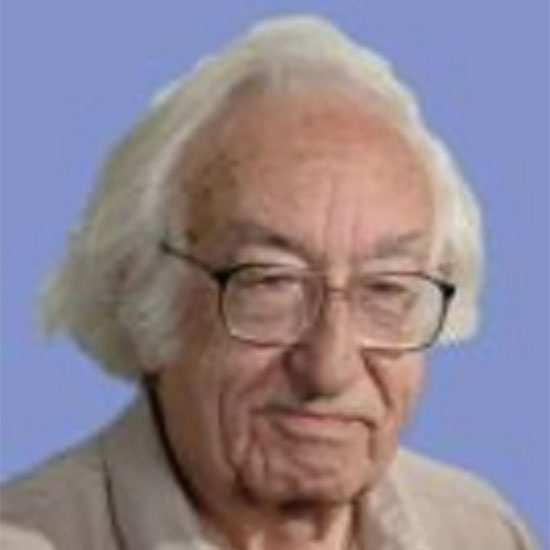Brian Ridley has conducted important work on negative differential resistance (NDR), instabilities and hot-electron transport in semiconductors. He jointly discovered the electron transfer mechanism (Ridley–Watkins–Hilsum effect) which underlies microwave generation in Gunn diodes, and he was the first to discover the impurity barrier mechanism for NDR, and to demonstrate its existence in germanium. He was also the first to describe the consequences of NDR instabilities in terms of propagating dipole domains and current filaments, and the existence of these nonlinear entities has been amply verified in a wide variety of solids. His work on acoustoelectric instabilities led to his invention of the microsonic analogue of the laser. Throughout his research he has made original contributions to the theory of electron transitions in solids, particularly impurity scattering and multiphonon processes, and this work is embodied in his monograph Quantum Processes in Semiconductors, widely used as a reference text. His interest in popularising physics is manifested in his book, Time, Space and Things, which has been much translated and widely quoted.
Subject groups
- Other
Public understanding of science

